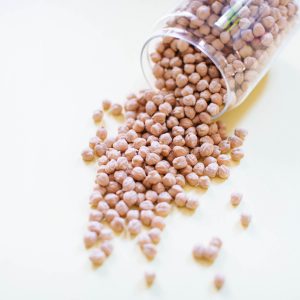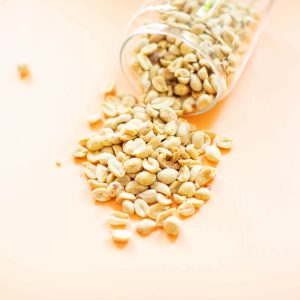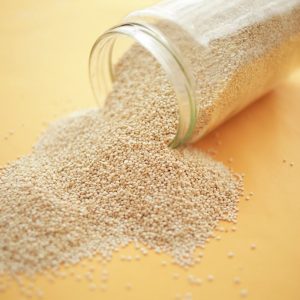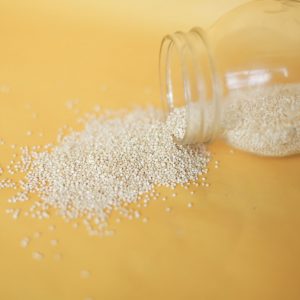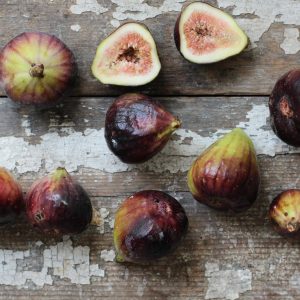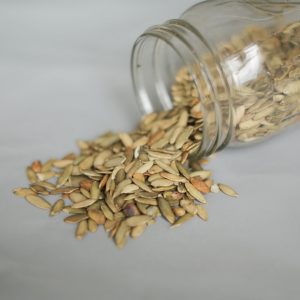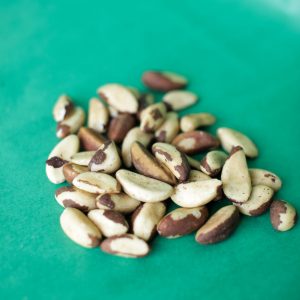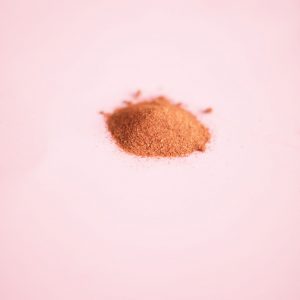Hummus is a popular chickpea-based spread that originated in the Middle East.
As the primary ingredient in hummus, chickpeas give this spread its thick, creamy texture. Hummus is traditionally made by blending chickpeas, lemon juice, olive oil, tahini, and garlic until smooth. Chickpeas, otherwise known as garbanzo beans, are also packed with vitamins and minerals. Due to their exceptional protein content, hummus is also a commonly used protein source for many plant-based eaters!
Health Benefits of Hummus
The tahini and olive oil in hummus contribute to its anti-inflammatory properties. Both of these items contain antioxidants that help reduce inflammation associated with chronic inflammation.
Hummus can also help modulate and maintain blood sugar levels. Due to its low spot on the glycemic index in addition to the fact that it contains healthy fat, hummus can help prevent blood sugar spikes and therefore insulin spikes as well. Hummus is even heart-healthy — it helps regulate cholesterol levels to keep your heart in tip-top shape.
Nutrient Breakdown of Hummus
*Per 3 tbsps
- Carbohydrates | 6g
- Protein | 4g
- Fat |4g
How To Use:
You can use it as a spread on sandwiches and toast or dip vegetables in it for a delicious snack! Adding a dollop to your next salad or grain bowl is also a great way to add a boost of the new flavor. You can even use it as a replacement for mayo in your favorite chicken or tuna salad recipe!
Recipes:
NS Recommends
Have fun with your hummus! Have you ever made it at home before? Try adding some of your favorite vegetables, herbs, and spices the next time you do. Almost anything goes!




























